
Why Sonic Mania's physics engine is a technical and nostalgic success
Share
792 mots | Temps de lecture : 3 minute(s)
Sonic Mania marked a turning point in the history of SEGA's blue franchise. Released in 2017, this game developed by Christian Whitehead and his team succeeded where many previous installments had failed: faithfully recreating the gameplay experience of the first Sonic games while bringing remarkable technical modernity. At the heart of this achievement is an exceptional physics engine that deserves to be analyzed in detail.
Summary
- 1. A return to fundamental technical sources
- 2. Accuracy of collisions and interactions
- 3. Optimizing speed and momentum
- 4. Technical innovation while respecting tradition
- 5. The role of the development team
- 6. Impact on the video game industry
- 7. Comparison with other Sonic episodes
- 8. Conclusion
A return to fundamental technical sources
Sonic Mania's physics engine puts classic mechanics like inertia, gradual acceleration , and well-balanced gravity back at the center. Where some modern Sonic installments sacrificed control for speed, Sonic Mania rediscovers the subtle balance that made the Mega Drive games so successful.
The accuracy of collisions and interactions
Thanks to the Retro Engine , developed by Christian Whitehead, Sonic's interactions with the environment are near-pixel precise . Collisions, loops, springs, and slopes react exactly as in the original games, with modern fluidity .
Optimizing speed and momentum
Momentum is at the heart of Sonic Mania's gameplay. Unlike modern titles like Sonic Forces , the game offers a gradual and natural ramp-up . This rewards experienced players without penalizing beginners, making the gameplay accessible yet deep .
Technical innovation while respecting tradition
While remaining faithful to the 16-bit games, Sonic Mania modernizes the experience with:
- smooth management of dynamic objects
- compatibility with HD resolutions
- a particle system optimized for gameplay effects
The Importance of the Development Team
Christian Whitehead 's team ( Headcannon , PagodaWest Games ) had previously worked on the mobile ports of classic Sonic games. Their extensive knowledge of the Mega Drive engine allowed them to recreate authentic physics while modernizing the whole thing with the Retro Engine .
Impact on the video game industry
Sonic Mania demonstrated that you can create a technically excellent game without sacrificing nostalgia . It inspired a wave of polished neo-retro games and influenced future Sonic productions, including Sonic Superstars and remasters like Sonic Origins .
Comparative Analysis: Sonic Mania vs. Other Episodes
| Episode | Physics engine | Momentum | Precision | Reception |
|---|---|---|---|---|
| Sonic Mania | Retro Engine | Perfectly reproduced | Very high | Excellent |
| Sonic Forces | Hedgehog Engine 2 | Limit | Average | Mixed |
| Sonic Lost World | Wii U Proprietary Engine | Incoherent | Variable | Low to medium |
| Sonic the Hedgehog 3 | Mega Drive | Excellent | High | Excellent (retrospective) |
Conclusion: A model of technical success
Sonic Mania proves that retro fidelity and technical innovation can be combined with panache. Its precise and consistent physics engine restores the series to its former glory. This game has become a benchmark for the development of modern 2D platform games , where technical mastery becomes the foundation of creativity.
FAQ
-
What engine does Sonic Mania use?
The Retro Engine , developed by Christian Whitehead. -
What makes Sonic Mania's engine unique?
It faithfully reproduces the physics of Mega Drive games while supporting modern resolutions and optimized visual effects. -
Why are physics so important in Sonic Mania?
Because it allows gameplay based on inertia , speed and momentum , essential to the identity of the series. -
Did Sonic Mania influence subsequent games?
Yes, several elements of its engine and philosophy inspired Sonic Origins and Sonic Superstars .
D'autres articles similaires:
-
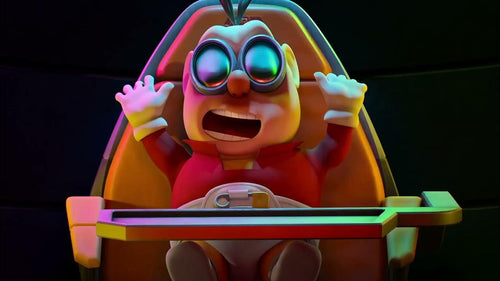
Dr. Babble in Sonic Prime: The youngest brain of the Chaos Council
-

Dr. Done-It: The Genius Emeritus (and Oldest) of the Chaos Council in Sonic Prime
-
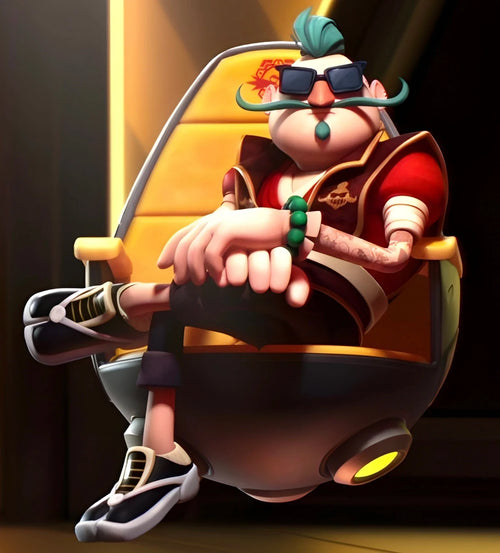
Dr. Deep: The Philosopher Poseur of the Chaos Council in Sonic Prime
-

Mr. Dr. Eggman: Sonic Prime's Main Antagonist Decrypted
-
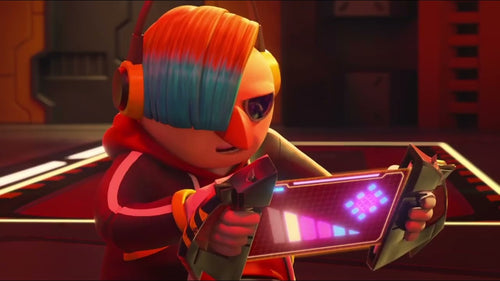
Dr. Don't: Sonic Prime's Teenage Antagonist Who Reinvents the Sonic Universe
-

Tails Nine: The Cybernetic Fox Who Revolutionized the Sonic Universe
-

Rusty Rose: The Cybernetic Version of Amy Rose in Sonic Prime
-

Pachacamac: The Echidna Chief Who Marked the Sonic Saga
-

Tikal the Echidna: Complete Guide to Sonic's Mystical Character
-
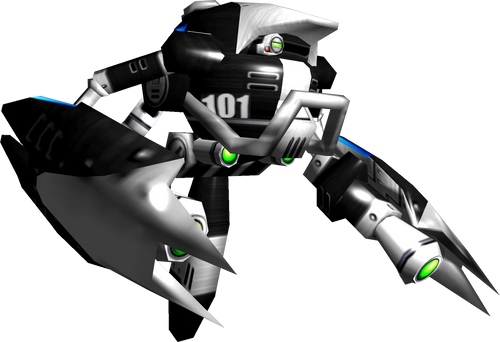
E-101 Beta: The Forgotten Older Brother of the E-100 Series in Sonic Adventure
-
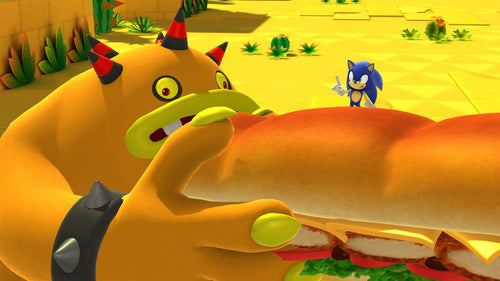
Zomom: Everything you need to know about the greedy giant of the Deadly Six in Sonic
-
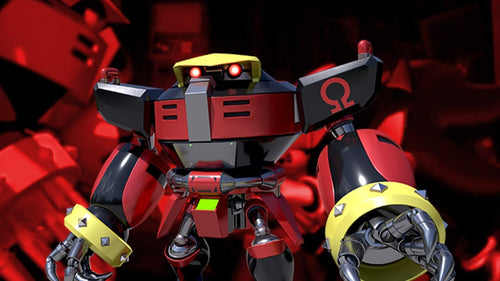
E-123 Omega: The Iconic Destroyer Robot of the Sonic Universe
-

Mephiles The Dark: The Most Terrifying Antagonist in the Sonic Universe
-

Top 10 Most Iconic Songs from the Sonic Universe: A Musical Odyssey Through 30 Years of Adventure
-

The Piko Piko Hammer: Amy Rose's Iconic Weapon in the Sonic Universe
-
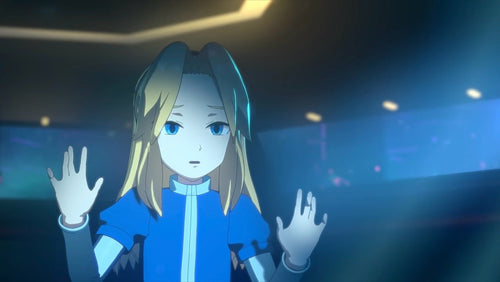
The Mystery of Maria Robotnik's Disappearance: A Tragedy That Shaped the Sonic Universe
-

Tikal and Knuckles: Reincarnations or Heirs to a Mystical Lineage?
-

The Complex Relationships Between Shadow, Rouge, and Omega: An In-Depth Analysis of Sonic's Iconic Trio
-

Sonic the Hedgehog: Deadly Six, Team Dark, Egg Bosses, and Their Secret Tactics
-

The History of the Sonic + Knuckles Alliance Through the Games: From Rivals to Legendary Partners
-

Team Sonic: The Best Trios that Marked the Saga (Heroes, Rivals, Forces, etc.)
-

Sonic and Speedrunning: The Most Glitchy Games in the Saga
-
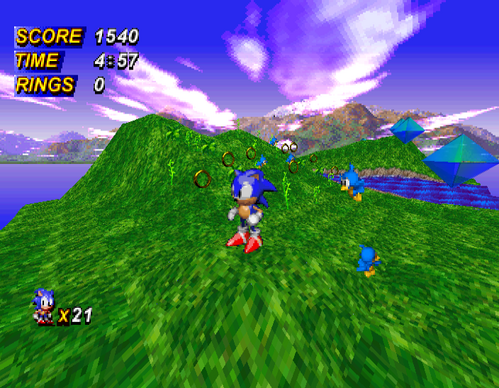
Sonic Extreme: The Unreleased Saturn Game That Could Have Revolutionized the Franchise
-
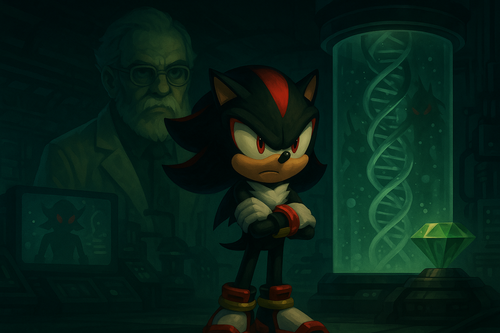
The Ultimate Weapon: Gerald Robotnik, Shadow and the Shadow Project
-

Sonic's Different Parallel Universes: A Journey Through Comics, Games, and Cartoons
-
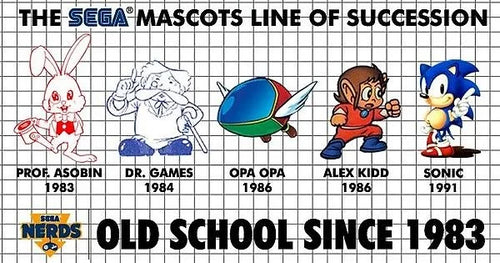
The different SEGA mascots before Sonic: why him?
-

The Forgotten Characters of the Sonic Universe: Between Abandoned Concepts and Missed Opportunities
-

The largest Sonic fan communities: forums, Discord, wikis…
-
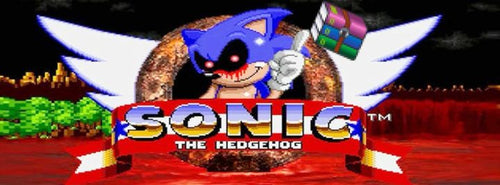
Sonic.EXE: Analysis of the legendary creepypasta
-

Jet the Hawk: the king of the slide in the Sonic universe
-
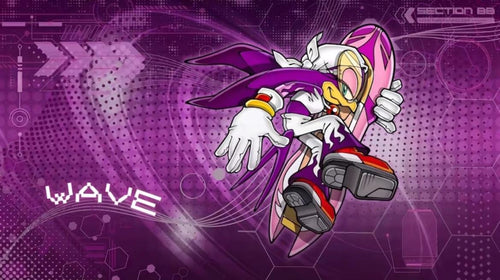
Wave the Swallow: the Babylon Rogues' mechanic in the Sonic universe
-

Theories about the real origin of Sonic and his powers
-

Sonic CD Full Review: Why This Game Is a Cult Game Among Fans
-

Sonic's appearances in other Sega or Nintendo games
-

Lore Analysis in Sonic Adventure & Sonic Adventure 2
-

Mobius: The World of Sonic, its zones, cities and mysteries
-

Sonic in Super Smash Bros.: Gameplay, Rivalry with Mario, Influence
-

Sonic Comics: Archie, IDW and Their Contributions to the Universe
-

Chaos Emeralds: Origin, Powers and Uses in Games
-

Sonic Transformations: Super Sonic, Dark Sonic, Werehog and more
-

Cancelled or Never Released Sonic Games: What We Know
-

Complete Sonic Games Timeline: 1991 to Present
-

Bokkun: Dr. Eggman's explosive messenger in Sonic X
-

Decoe: Dr. Eggman's loyal (and clumsy) assistant in Sonic X
-

Bocoe: Dr. Eggman's loyal and comical servant in the Sonic universe
-

Emerl: The evolving robot with a tragic destiny from the Sonic universe
-
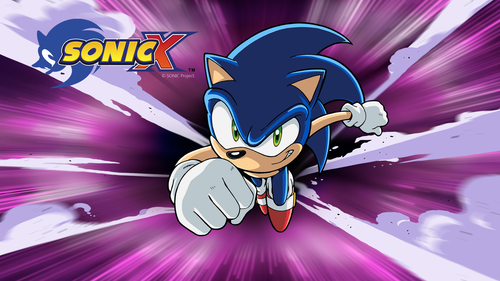
Sonic X: The cult cartoon of the blue hedgehog
-

Sonic the Werehog: The bestial face of the blue hedgehog
-

Fang the Hunter: The bounty hunter of the Sonic universe

















































